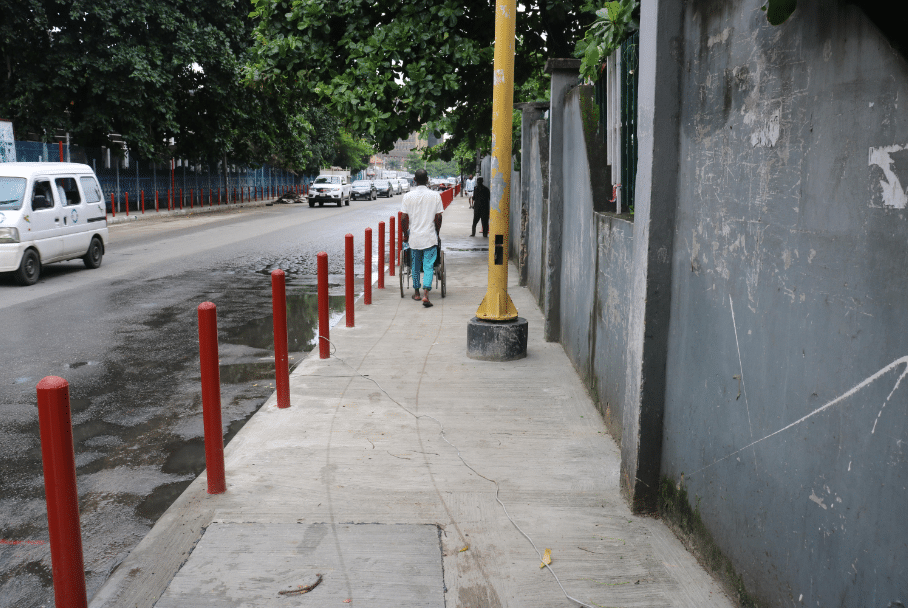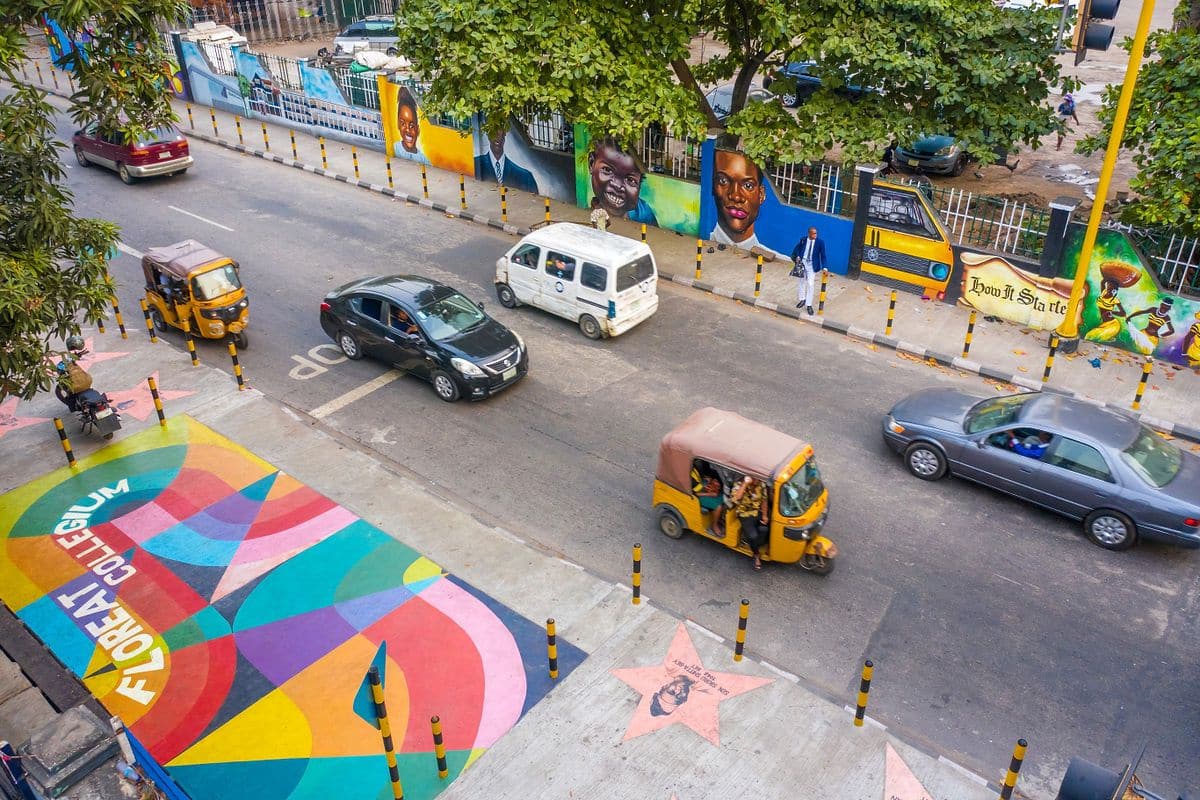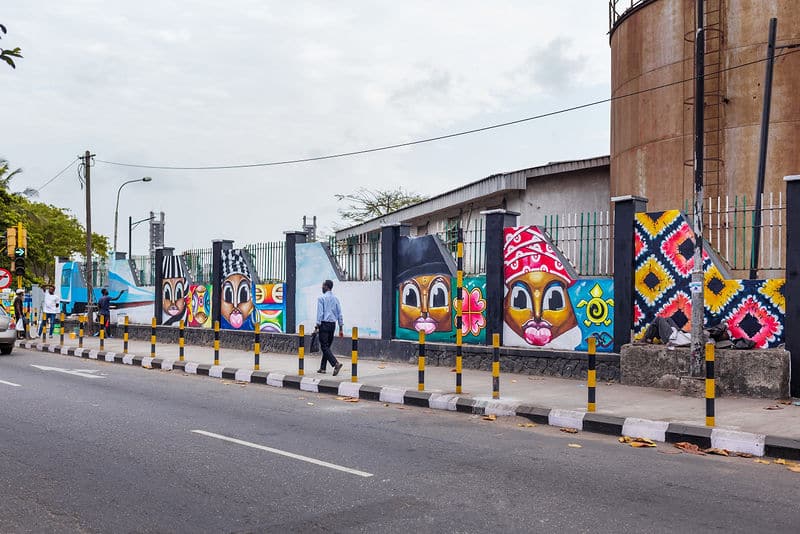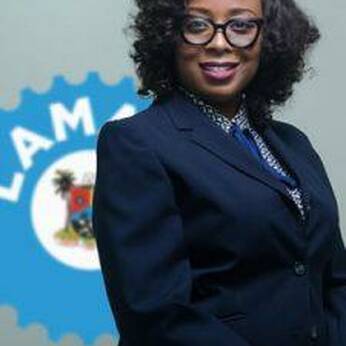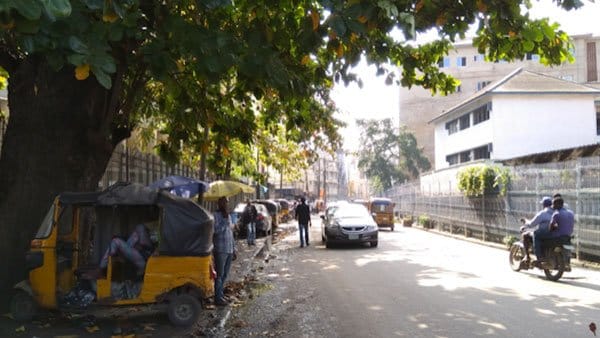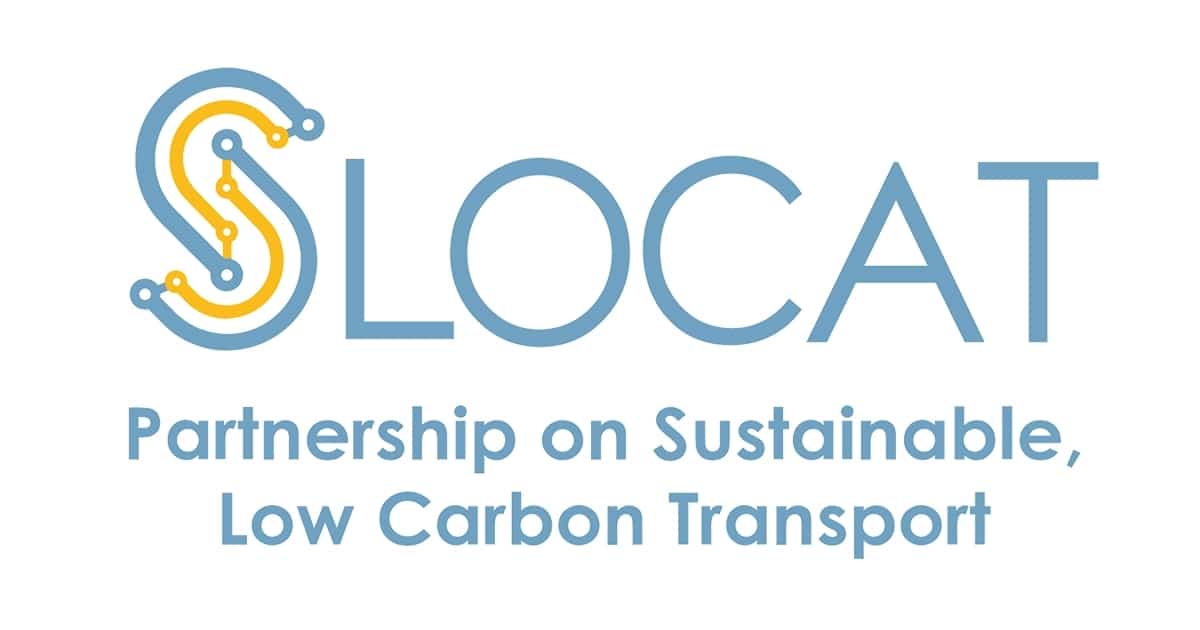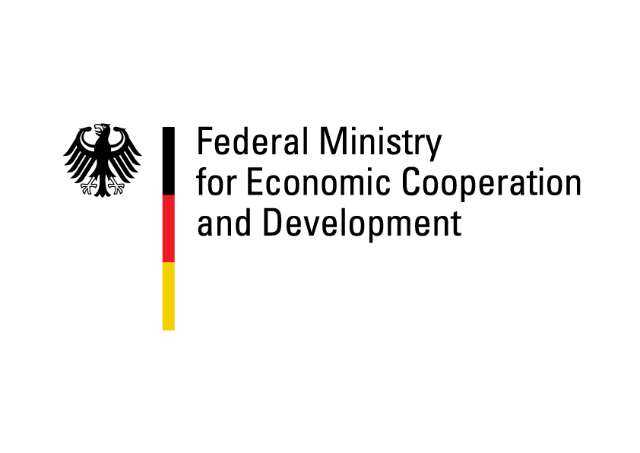Lagos’ landscape is dominated by a host of users and vehicles, including pedestrians, cyclists, okadas (motorcycle taxis), kekes (three-wheelers), cars, danfos (minibuses), and heavy trucks. The diverse mix of transport services helps meet critical mobility needs but also creates a challenging environment for walking and cycling, considering that walking remains the main mode of transport for the majority of the 20million inhabitants of Africa’s largest city.
Responsibilities for infrastructure are divided between many agencies in Lagos. LAMATA is ambitious and well organized. Together with other international donors, reformed the bus system in Lagos and introduced a Bus Rapid Transit (BRT) System. LAMATA‘s highly trained engineers and managers need to continue to work with a wide range of actors to guarantee the delivery of high-quality walking infrastructure.
The NMT strategy has not been approved by the state government during the project period. As in many other places, more political backing is needed to scale improved walking conditions. The vibrant tech-scene in Lagos is revolutionizing transport, i.e. companies offering Uber-style transport services on motorbikes. The city of Lagos might benefit from a dialogue with these companies.
